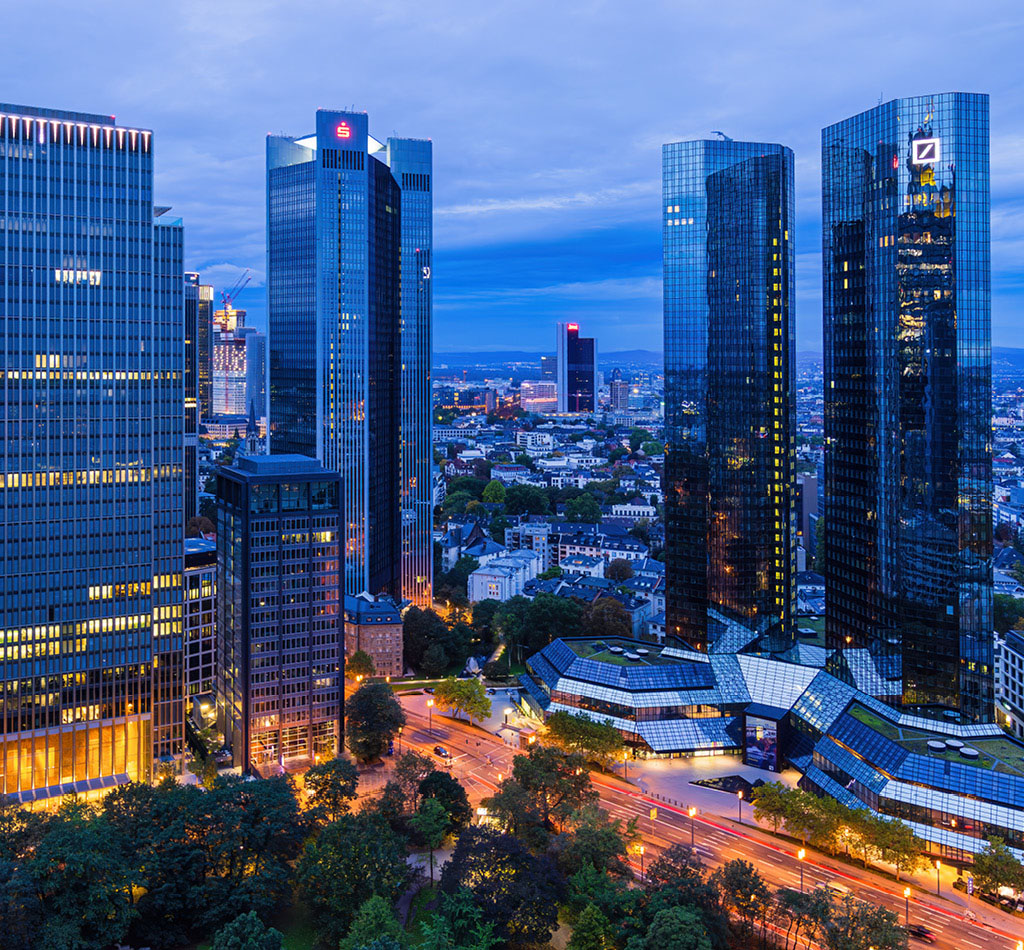Commentary
Slowing the countdown to Day Zero
October 17, 2024

Recently, we have witnessed one city after another come closer to Day Zero with alarming regularity. Day Zero is the critical point at which a city’s water supply goes completely dry. Earlier this year it was Mexico City and Bogota. In 2018, it was Cape Town, and in 2015, wells in central California went dry. Water scarcity does not distinguish between rich or poor countries. With population growth and climate change further straining water resources, expect to see more Day Zero headlines in the near future.
Sadly, until the taps run dry, water scarcity is not at the top of most people’s minds. Most people take a running tap for granted. But it’s worth highlighting that 97% of Earth’s water is salty. That means only 3% of all water available on earth is fresh water, and 2% is locked up in permafrost. That leaves a measly 1% to go around for all of humanity. As seen in the chart below, this precious resource is not distributed evenly. And its extraction around the world – as seen in the second chart – is clearly not correlated to availability.
 Source – National Geographic, UNICEF
Source – National Geographic, UNICEF

Source: Food and Agriculture Organization of the United Nations
Take the world’s most populous country – India. According to Central Water Commission of India, water availability in India has from 6,042 cubic metres per capita in 1947 (the year of Independence) to just 1,486 cubic metres per capita by the end of 2021. Water scarcity in most regions is the result of simple supply and demand dynamics. Supply of safe, usable water comes from surface water sources like lakes and rivers and from groundwater through aquifers. On the demand side, 70% of the demand comes from agriculture, 19% from industrial use and the remaining 11% from domestic needs like drinking and sanitation.
And demand is growing for several reasons. Besides population growth, water-intensive crops like cotton and sugarcane can be more profitable for farmers. A change in diet as populations grow more affluent means more consumption of water-hungry food items like nuts (walnuts, pistachios and almonds) and more consumption of meat. Creating a pound of beef requires more than 8,000 litres of water which is around eight times as much as vegetables and 20 times as much as wheat and corn.
While climate change is exacerbating water shortages, we ironically need more water (via lithium mining) to meet our climate change goals via electrification. According to the UN, the demand for fresh water is expected to outstrip supply by 40% by the end of this decade. As Mark Twain once famously said – “Whiskey is for drinking and water is for fighting.” Many countries depend on water supply originating from their neighbours. Managing and conserving water resources as a global common good might be the only way to avoid future conflicts.
A holding in our emerging market portfolio that is looking to address this issue is VA Tech Wabag (VATW IN). With a 100-year operating history, Wabag is one of the global leaders in water treatment solutions operating in India, the EU, the Middle East and Africa. Wabag works with both municipalities and industries on wastewater treatment and desalination projects. It has completed 1,450 plants around the world while developing its proprietary technology in this field with more than 125 patents and trademarks.
We like the company for its strong execution track record, technical expertise in delivering custom solutions and strong order book. We also like its discipline and selectiveness when it comes to bidding opportunities around the world. Three years ago, the company decided to deemphasize the “C” aspect of the EPC (Engineering, Procuring & Construction) model and generate more annuity revenues from operations and maintenance contracts. This shift to an asset-light model and focus on deleveraging should lead to strong value generation in the coming years.







